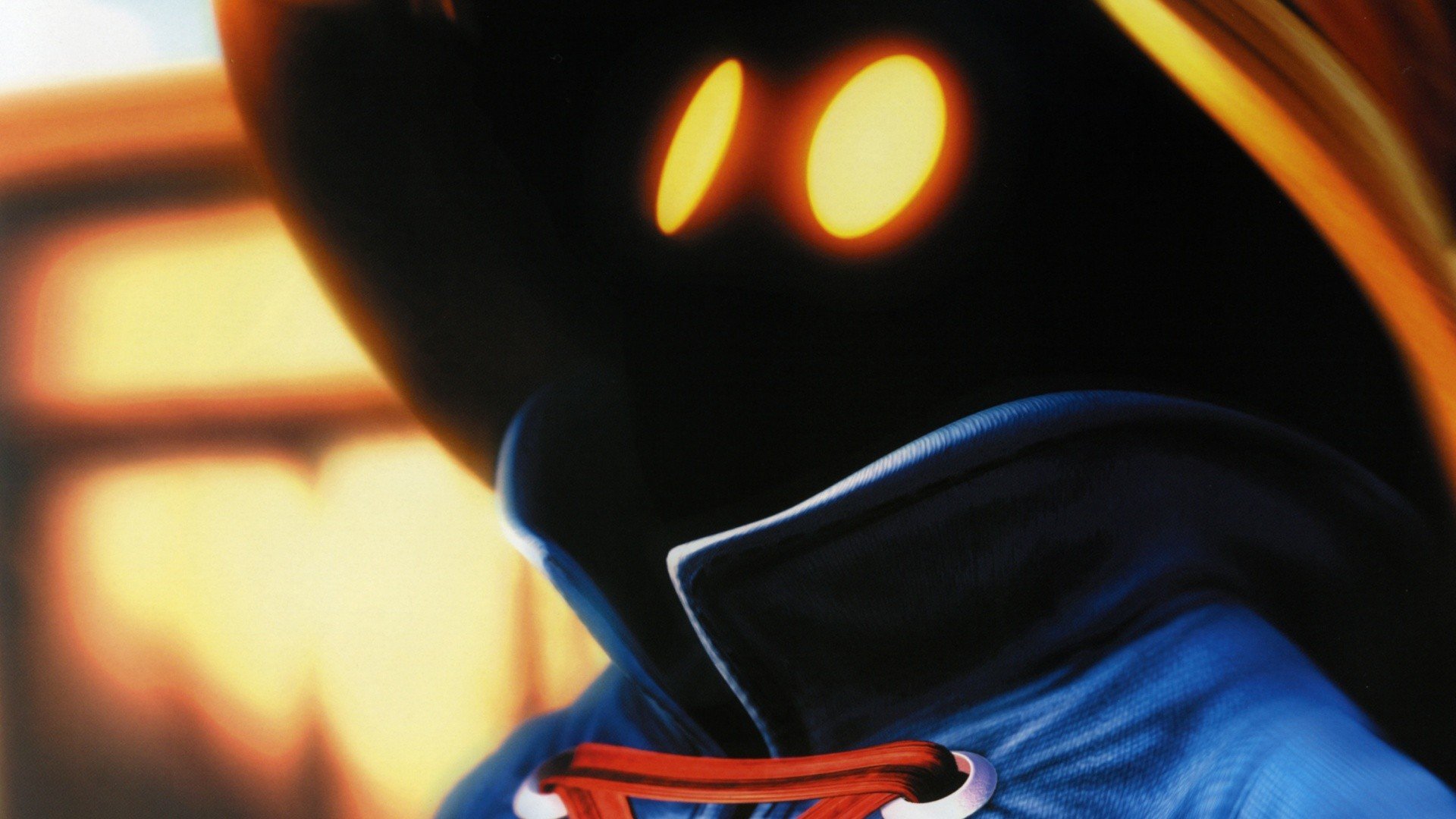

The article kind of fumbles the wording and creates confusion. There are, however, some passages that indicate to me that the actual data was recovered. All of the following are taking about the NAND flash memory.
The engineers quickly found that all the data was there despite Tesla’s previous claims.
…
Now, the plaintiffs had access to everything.
…
Moore was astonished by all the data found through cloning the Autopilot ECU:
“For an engineer like me, the data out of those computers was a treasure‑trove of how this crash happened.”
…
On top of all the data being so much more helpful, Moore found unallocated space and metadata for snapshot_collision_airbag‑deployment.tar’, including its SHA‑1 checksum and the exact server path.
It seems that maybe the .tar file itself was not recovered, but all the data about the crash was still there.


Your examples where an LLM is defending a position you chose for it while producing obviously conflicting arguments actually proves what the others have been telling you. This is meaningless slop. It clearly has no connection to any position an LLM might have appeared to have on a subject. If it did, you would not be able to make it defend the opposite side without objections.